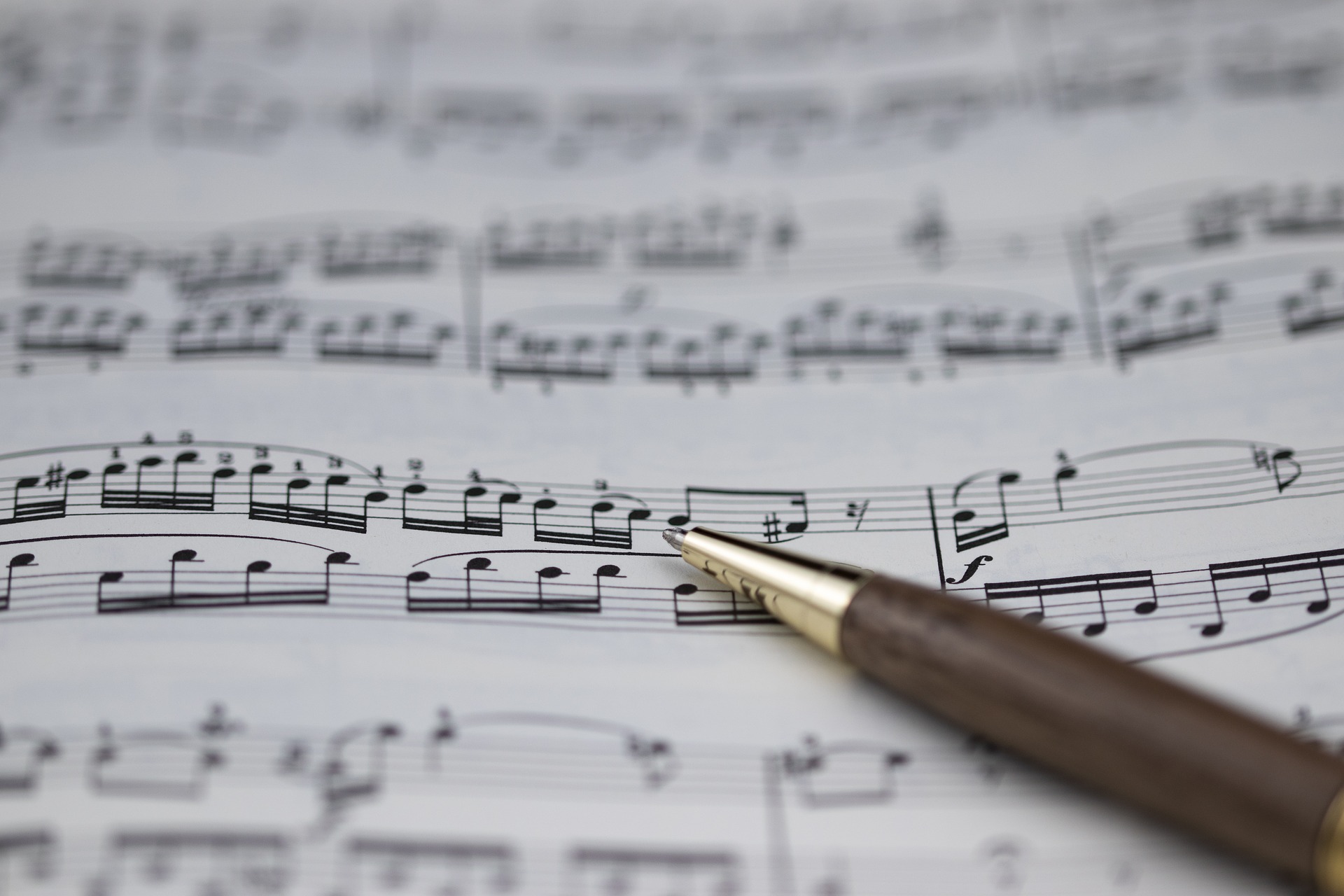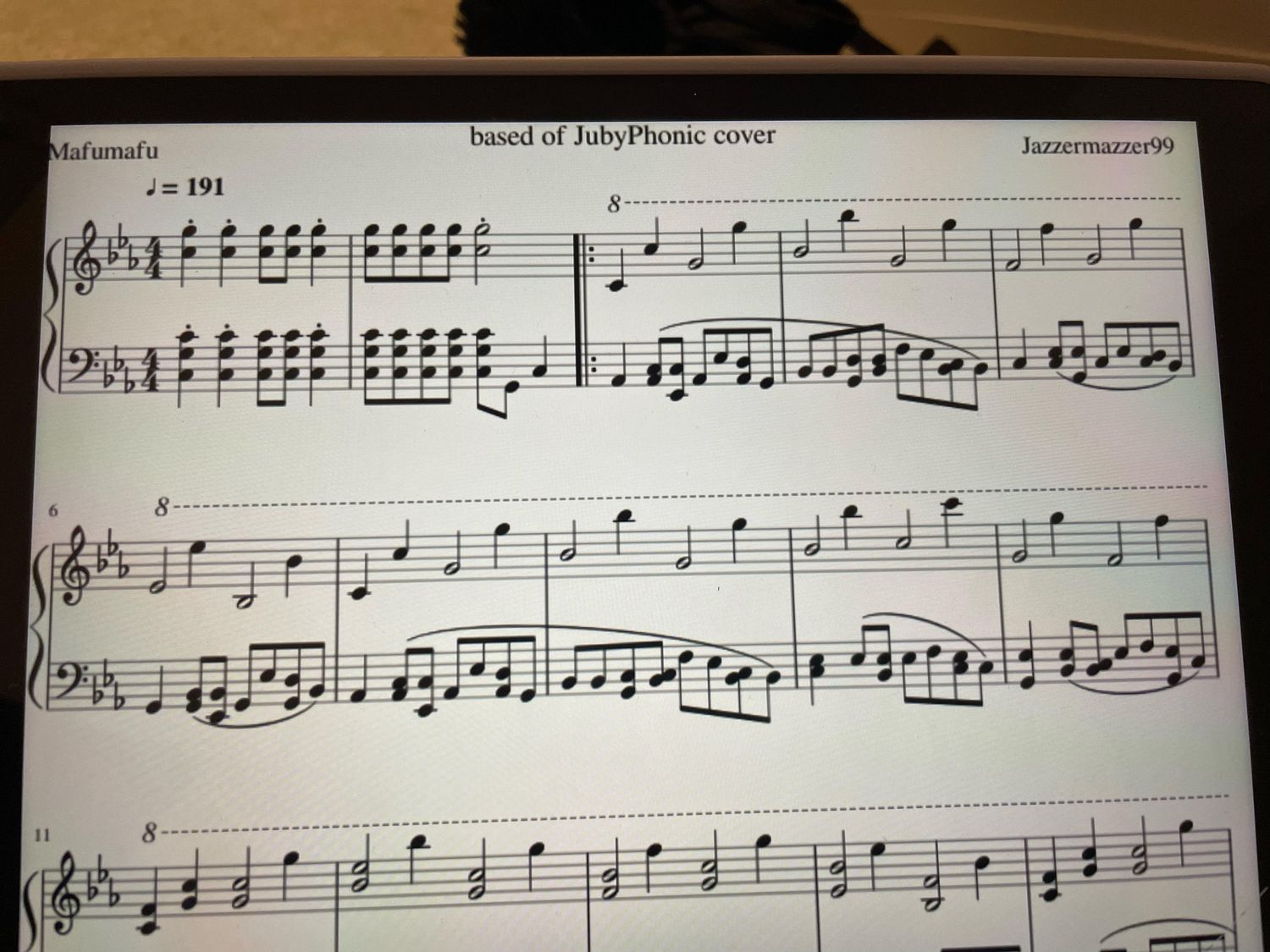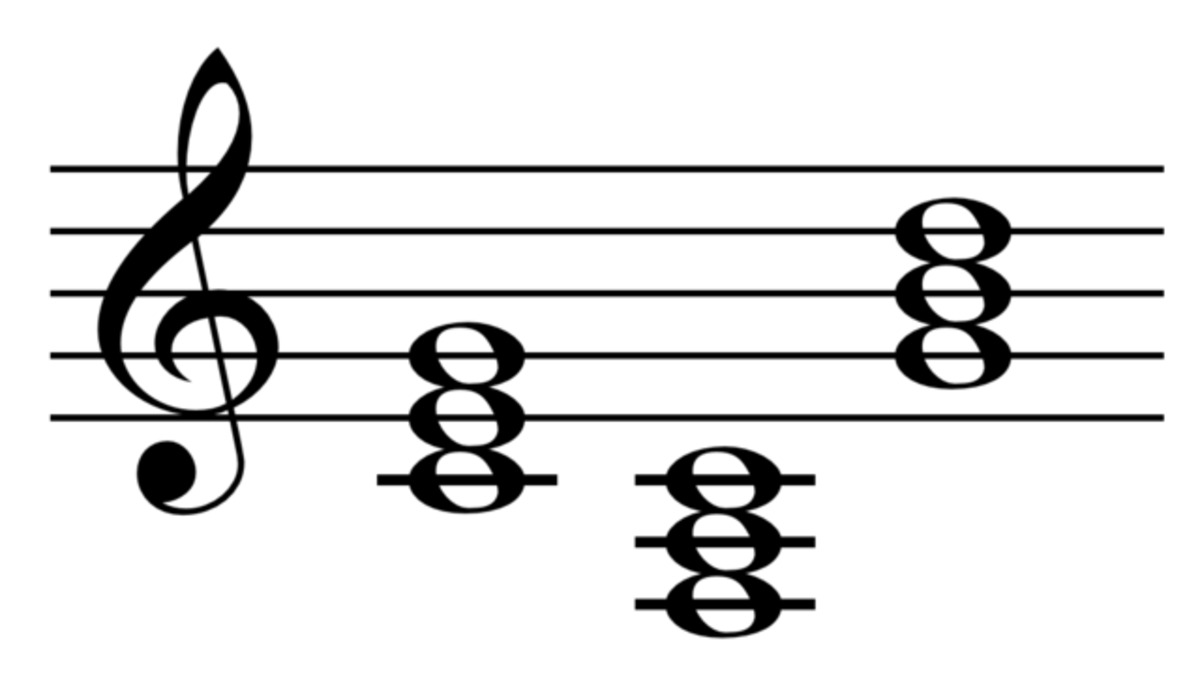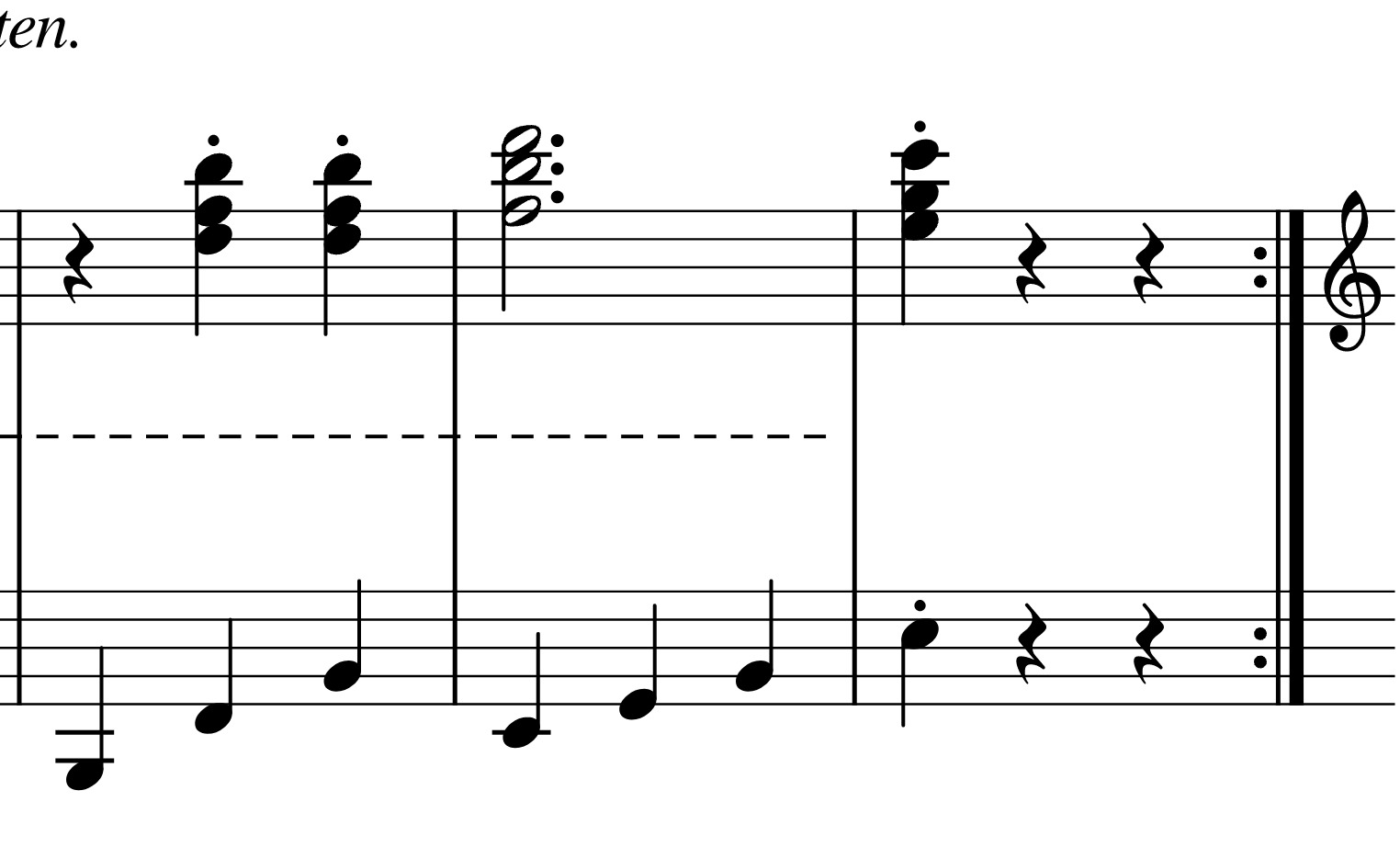Home>Production & Technology>Music Theory>What Is A Dorian Music Theory
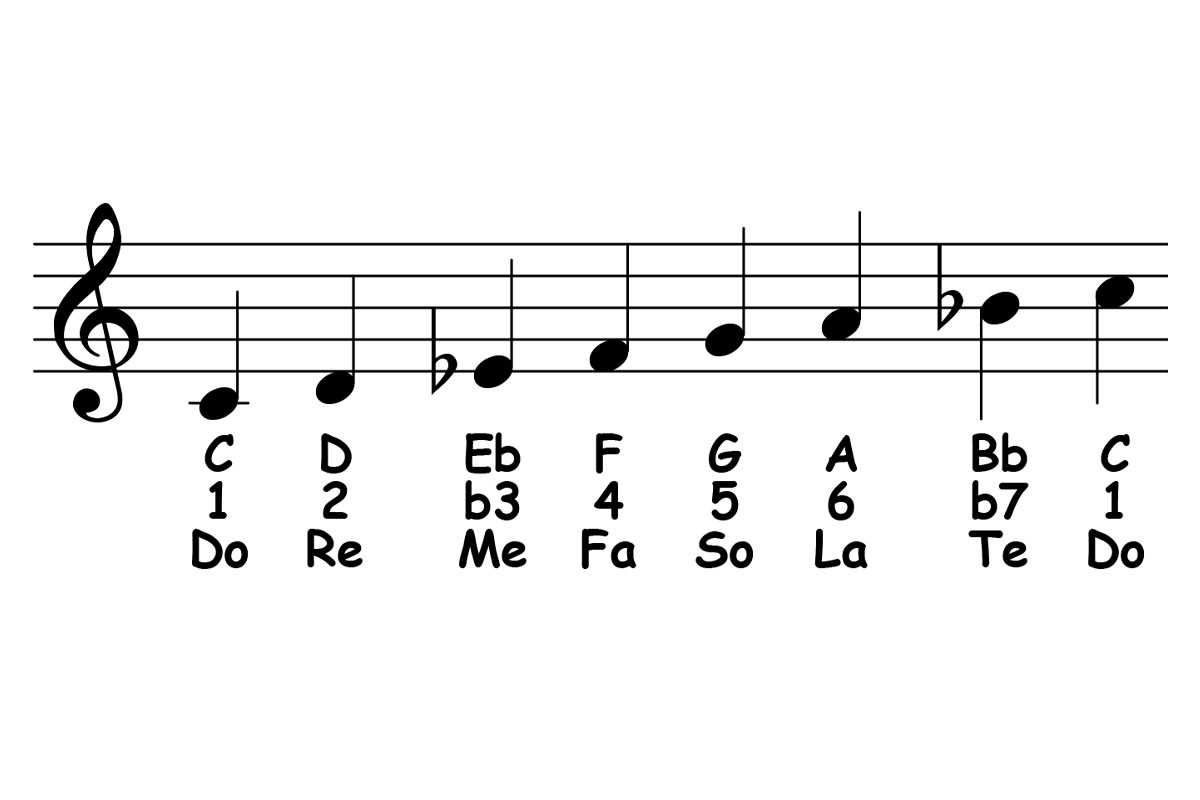

Music Theory
What Is A Dorian Music Theory
Modified: February 15, 2024
Discover the fundamentals of Dorian music theory and understand how it applies to your musical compositions. Explore the essence of music theory and unlock your creative potential with our comprehensive guide.
(Many of the links in this article redirect to a specific reviewed product. Your purchase of these products through affiliate links helps to generate commission for AudioLover.com, at no extra cost. Learn more)
Table of Contents
Introduction
Music theory is the foundation upon which all musical compositions are built. It provides musicians with a framework to understand and analyze the elements of music, such as melody, harmony, rhythm, and structure. Within music theory, there are various scales and modes that contribute to the rich tapestry of musical expression.
One of the most intriguing and versatile modes in music theory is the Dorian mode. Named after the ancient Greek people, the Dorians, this mode has a distinct and captivating sound that has been used by countless musicians across different genres and eras. From classical compositions to jazz standards and rock anthems, the Dorian mode offers endless possibilities for musical exploration.
In this article, we will delve into the world of Dorian music theory and explore its characteristics, scale patterns, chord progressions, and its applications in composition and improvisation. Whether you are a seasoned musician or just starting your musical journey, understanding Dorian music theory will open up new creative avenues and help you develop a deeper appreciation for the nuances of music.
Understanding Dorian Music Theory
In order to fully grasp Dorian music theory, it is important to understand the concept of modes. Modes are scales derived from a parent scale, in this case, the major scale. Each mode has a unique pattern of whole steps and half steps, which gives it a distinct character and sound.
The Dorian mode is the second mode of the major scale. It is often described as a minor mode due to its melancholic and introspective qualities. However, unlike the natural minor scale, the Dorian mode has a major sixth interval, which adds a touch of brightness to its sound.
To construct the Dorian mode, we start on the second degree of the major scale and play the notes in sequence until we reach the octave. For example, in the key of C major, the Dorian mode would start on the note D and follow the pattern D – E – F – G – A – B – C – D.
One of the defining characteristics of the Dorian mode is its unique half-step pattern between the second and third degrees. This interval, known as a minor third, creates a bittersweet tension that distinguishes the Dorian mode from other modes.
The Dorian mode is commonly associated with a range of emotions, including nostalgia, longing, and contemplation. Its versatile nature allows musicians to convey a wide range of moods and atmospheres, making it a popular choice in various musical genres.
Understanding the construction and emotional characteristics of the Dorian mode lays the groundwork for exploring its applications in composition and improvisation. In the following sections, we will delve deeper into the nuances of the Dorian scale and chord progressions, as well as how to effectively incorporate the Dorian mode into your musical creations.
Characteristics of Dorian Mode
The Dorian mode is characterized by a unique blend of major and minor attributes, creating a distinctive and captivating sound. Understanding the key characteristics of the Dorian mode will help you harness its emotional depth and incorporate it effectively into your musical compositions.
One of the defining features of the Dorian mode is its major sixth interval, which sets it apart from other minor scales. This interval, represented by a whole step, contributes to the mode’s sense of brightness and optimism. It adds a touch of tension and complexity to the otherwise melancholic sound of the mode.
Another characteristic of the Dorian mode is the minor third interval between its second and third degrees. This interval creates a unique emotional quality, evoking a sense of yearning, longing, and introspection. It contributes to the mode’s introspective and contemplative nature.
The Dorian mode is often associated with a modal interchange, particularly the juxtaposition of the natural minor and Dorian scales. This interchange allows for expressive variations and harmonically interesting progressions. It provides opportunities for musicians to create tension and resolution, adding complexity and depth to their compositions.
In terms of chord structures, the Dorian mode is commonly associated with minor and dominant chords. The minor quality of the mode is emphasized through the use of minor triads, while the presence of the major sixth interval allows for the inclusion of major triads. Dominant seventh chords are also frequently used to further enhance the tension and resolution within the Dorian mode.
Overall, the Dorian mode is characterized by its unique blend of major and minor qualities, evoking a range of emotions from introspection and longing to brightness and optimism. Its distinct tonal attributes and chord structures make it a powerful tool for musicians looking to express complex emotions and create compelling musical compositions.
Dorian Scale and Chord Progressions
The Dorian mode is built upon a specific sequence of notes, known as the Dorian scale. Understanding the scale pattern and its corresponding chord progressions is crucial for effectively utilizing the Dorian mode in your musical creations.
The Dorian scale follows a specific pattern of intervals, derived from the major scale. In the key of C, for example, the Dorian scale is constructed by playing the notes D, E, F, G, A, B, C, and D. This sequence of whole steps and half steps creates the distinct sound of the Dorian mode.
When it comes to chord progressions, the Dorian mode offers a wide range of possibilities. One common chord progression in Dorian music theory is the I-IV progression. In the key of D, this would involve playing the Dm (D minor) chord, followed by the G (major) chord. This progression encapsulates the mood and character of the Dorian mode, offering a harmonically rich and emotive foundation for musical compositions.
Another popular chord progression in the Dorian mode is the ii-V progression. Taking the key of D as an example, this progression would consist of the Em (E minor) chord followed by the A7 (A dominant seventh) chord. The ii-V progression adds tension and movement to compositions, allowing for expressive improvisations and melodic variations.
Additionally, the Dorian mode lends itself well to modal interchange, where chords from related scales are borrowed and incorporated. For example, incorporating a major IV chord from the major scale (such as G in the key of D Dorian) can create a subtle harmonic variation and add further depth to compositions.
Experimenting with different chord progressions and exploring the interplay of chords within the Dorian mode will help you unleash the full potential of this rich and versatile musical mode.
When composing or improvising with the Dorian mode, it is essential to pay attention to the emotional impact of various chord progressions. By understanding the nuances of the Dorian scale and its corresponding chord progressions, you can create expressive and evocative musical compositions that captivate listeners.
Applying Dorian Mode in Composition and Improvisation
The Dorian mode is a powerful tool for musicians looking to add depth and emotion to their compositions and improvisations. Understanding how to effectively apply the Dorian mode in your musical endeavors will allow you to create captivating melodies and harmonies.
When composing with the Dorian mode, it is important to embrace its unique emotional qualities. The mode’s bittersweet and introspective nature lends itself well to creating haunting melodies and melancholic atmospheres. By emphasizing the minor third interval and utilizing the major sixth interval, you can evoke a range of emotions in your compositions.
One technique for utilizing the Dorian mode in composition is to establish a recurring motif or melodic phrase using the notes of the mode. This creates a cohesive musical theme and allows for variation and development throughout the piece. By exploring different registers and dynamics, you can bring out the unique characteristics of the Dorian mode and create a compelling musical narrative.
In terms of harmonization, you can experiment with different chord progressions, as discussed in the previous section. Building chord progressions around the Dorian mode’s scale degrees and incorporating modal interchange can add harmonic complexity and depth to your compositions. Don’t be afraid to explore non-diatonic chords and unexpected harmonic twists to create tension and release.
In improvisation, the Dorian mode offers a rich palette for melodic exploration. When soloing or improvising, it is crucial to develop a strong melodic sense and explore the unique intervals and characteristics of the Dorian mode. Start by improvising using the Dorian scale as a framework, and then gradually incorporate chromaticism and variations to add complexity and interest to your solos.
Listening to and studying the works of musicians who have effectively used the Dorian mode in their compositions and improvisations can greatly inform your own approach. Pay attention to how they navigate the unique intervals, create melodic hooks, and build tension and release within the mode. Incorporate their ideas into your own musical vocabulary and develop your own unique voice within the Dorian mode.
Whether you are composing a melancholic ballad, an introspective jazz composition, or a soulful rock anthem, the Dorian mode offers a wealth of possibilities for expression. By applying the Dorian mode in your composition and improvisation, you can create music that resonates with your audience and showcases your creativity and musicality.
Examples of Songs and Solos using Dorian Mode
The Dorian mode has been used by countless musicians across different genres to create memorable songs and captivating solos. Let’s explore a few examples that showcase the versatility and power of the Dorian mode in music.
One iconic song that prominently features the Dorian mode is “Scarborough Fair” by Simon & Garfunkel. The verses of the song are based on the Dorian mode, giving it a haunting and mysterious quality. The Dorian scale’s minor third interval adds a touch of melancholy to the melody, evoking a sense of longing and nostalgia.
In the jazz world, John Coltrane’s composition “So What” is a prime example of the Dorian mode in action. The entire song revolves around two chords: Dm7 and Ebm7. By using the Dorian mode over these chords, Coltrane is able to create a hypnotic and modal atmosphere. The mode’s characteristic intervals and tonal quality contribute to the mesmerizing improvisations that unfold throughout the piece.
Moving into the realm of rock music, one notable example is the solo in Santana’s hit song “Oye Como Va.” Guitarist Carlos Santana infuses the Dorian mode into the solo, capturing the essence of the song’s Latin-inspired groove. The Dorian mode’s major sixth interval gives the solo a bright and soulful quality, creating a melodic journey that complements the energetic rhythm section.
Another beloved song that utilizes the Dorian mode is the classic rock anthem “Sweet Child o’ Mine” by Guns N’ Roses. Guitarist Slash’s iconic guitar riff in the intro and throughout the song is derived from the Dorian mode. This gives the song its distinctive and memorable sound, capturing the raw energy and emotion of the track.
These examples illustrate how the Dorian mode can be applied across different genres and musical contexts. Whether it’s folk, jazz, rock, or any other genre, the Dorian mode provides musicians with a powerful tool for creating unique melodies, harmonies, and solos that resonate with audiences.
As you explore these songs and solos, listen closely to how the musicians effectively utilize the Dorian mode’s characteristic intervals and tonal qualities. Pay attention to the emotional impact it adds to the music and how it contributes to the overall mood and atmosphere of the compositions. By studying and emulating these examples, you can gain a deeper understanding of how to incorporate the Dorian mode into your own musical creations.
Conclusion
The Dorian mode is a fascinating and versatile component of music theory that has captivated musicians across genres and generations. Its unique blend of major and minor qualities, coupled with its distinct intervals, creates a captivating and emotive musical experience.
Understanding the construction and characteristics of the Dorian mode allows musicians to unlock its full potential in composition and improvisation. By exploring chord progressions, melodic motifs, and harmonization techniques within the mode, musicians can create rich and nuanced musical expressions that resonate with listeners on an emotional level.
From haunting folk ballads to soulful jazz solos and energetic rock anthems, the Dorian mode has found its place in a wide variety of musical contexts. It offers a range of emotions, from introspection and contemplation to brightness and optimism, making it a valuable tool for expressing complex feelings and evoking a profound response from the audience.
Incorporating the Dorian mode into your musical repertoire opens up endless possibilities for creativity and self-expression. It allows you to craft melodies that tug at the heartstrings, build harmonies that convey depth and tension, and embark on improvisations that take the listener on a captivating journey.
Remember, as you explore the Dorian mode, it’s important to listen to and study the works of accomplished musicians who have effectively used the mode in their compositions and solos. By analyzing their techniques and incorporating them into your own musical vocabulary, you can develop a deep understanding of the intricacies of the Dorian mode and forge your own unique musical voice.
Whether you’re a seasoned musician or just starting your musical journey, embracing the Dorian mode will undoubtedly enrich your musicality and expand your creative horizons. So go forth, explore, and let the evocative sounds of the Dorian mode take your music to new heights.




